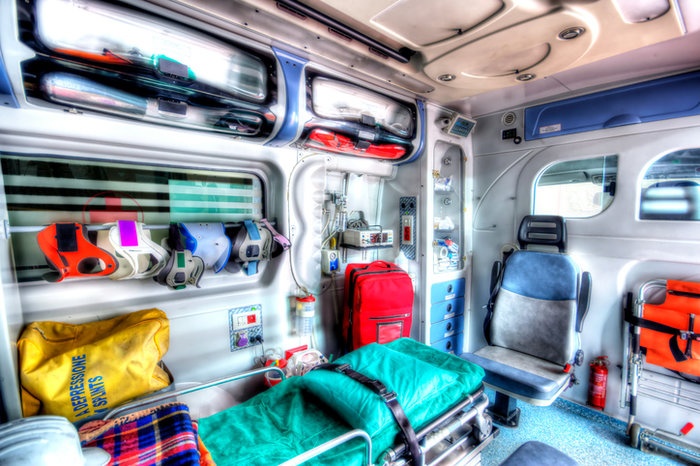
With today’s innovative technology, EMS equipment has come a long way. Computers make monitoring, diagnosing, and even documenting a breeze, while cutting-edge materials make equipment lighter, stronger, and safer. Even our portable suction units are modern marvels. They are no longer the clunky, inefficient machines of years past. Now they are smaller; more powerful; and designed for safe, effective use.
Even suction catheters have evolved. In the past, all suction units employed the standard rigid suction catheter for field operations. Their plastic construction was well-suited for emergency scenes, but their one-size-fits-all design caused problems. A common issue during resuscitation was a clogged tip. Because these catheters were originally used in surgical settings, where they could be guided with precision, their small tips were poorly suited for EMS situations involving vomitus and traumatic debris.
Fortunately, suction catheters have also come a long way. So, to outfit your high-tech portable suction unit, here are three innovative types of suction catheters that can save lives:
1. LARGE DIAMETER WITH PRECISION TIP
For most emergency situations requiring suction, you can rely on a standard-sized rigid catheter. But be sure it has a large interior bore, to prevent clogs, while, at the same time, a precision tip that can be carefully manipulated within the tight confines of a pediatric patient. To prevent tissue trauma, it should have eyeholes near the tip; these provide relief should the tip be placed directly against the mucosa. The catheter should also have a thumb port so that the operator has full control.
2. HYPERCURVED CATHETER
We’ve all experienced the difficult scenario of the patient in full arrest, with a short neck and an anteriorly displaced trachea. Not only are they a challenge to intubate, but they can also be challenging to effectively suction. That’s when it will pay to have a hypercurved catheter in your portable suction unit. This unique design provides extended reach in difficult airways. Because blind suctioning can cause trauma to the oropharynx, use a catheter that will enable you to carefully guide the tip as you evacuate that difficult patient airway. Catheters such as this are favored by caregivers who practice the SALAD (Suction Assisted Laryngoscopy and Airway Decontamination) technique.
3. OROPHARYNGEAL EVACUATION TOOL
Finally, for those worst-case scenarios, whether it’s working a code on a patient with a full belly or trying to intubate that gunshot wound to the face, there will always come a time when material will not pass through the catheter, no matter how wide the lumen. That’s when you will find the evacuation tool to be a valuable addition to your airway bag. This catheter not only has a large interior bore, but is designed with an open scoop at its tip, which allows you to suction the chunkiest of debris, and can also be used to sweep bodily materials out of the way—perfect when trying to visualize the cords. It can even be used as a sump: When left in position, the evac tool can continuously clear the airway during intubation! Patients requiring such a tool may be rare, but when they come up, you had better be ready with a catheter designed for the most challenging situations.
Having the best portable suction unit on your rig is great, but be sure you’ve outfitted it with suction catheters that are equally effective. With these innovative, lifesaving catheters on board, you’ll be ready for challenging suction scenarios.















